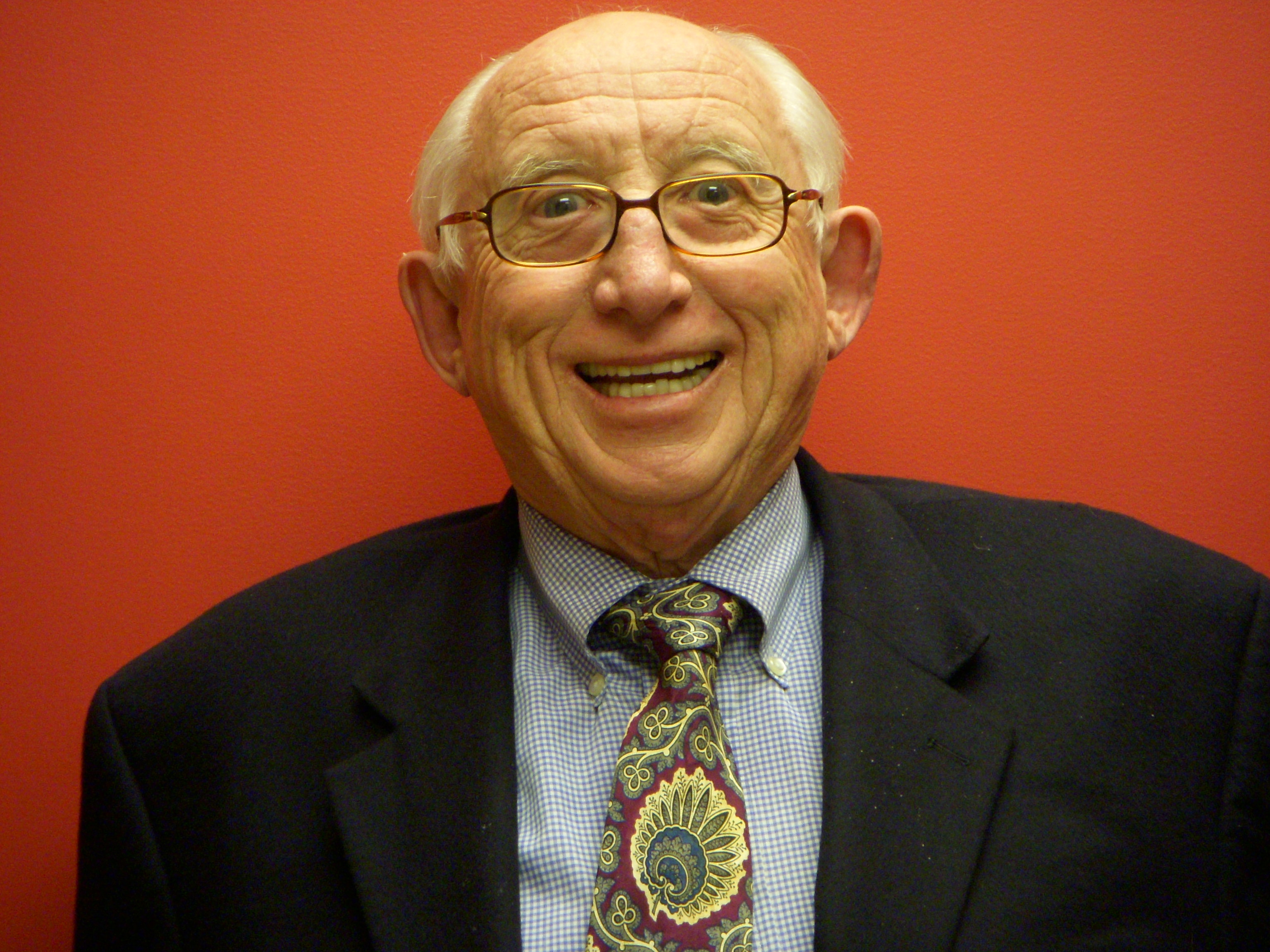In nuclear industry parlance the “gold standard” has special significance and there is real concern the world may slip below that standard as the U.S. industry falters.
Gold standard is the term applied globally to the U.S. regulation and licensing of nuclear power plants. It is a term of respect for American standards of excellence. It was widely used at a meeting of the Nuclear Infrastructure Council in Washington Tuesday and Wednesday; and surprisingly, coming from French and Chinese lips, was an affirmation of the whole licensing and regulatory apparatus that exists in the United States.
The fear is that as the United States lags in the construction of reactors and while it continues to eschew fuel reprocessing, the gold standard will lose its luster to a world that is building new nuclear at breakneck speed and is, or plans, to reprocess the used fuel.
Most of today’s concern is about China, now committed to the fastest growth in nuclear. But India is also building and others like the United Arab Emirates, Jordan, Brazil and Argentina are thinking about it.
Will a deterioration in the quality of construction, regulation and operation occur? Not if the gold standard continues to be respected and reflects the latest innovations, according to industry sources in Europe and America. Otherwise, a slew of new reactors could be less safe than they might be.
At present, according to the companies involved in China including Westinghouse Electric, the Shaw Group, a U.S. construction firm and the French giant Areva, they are maintaining the gold standard. The term embraces total quality assurance from licensing integrity to concrete and steel specifications, to analysis of components and certification of welds.
What is surprising about the idea of the gold standard is how long it has endured. It goes back to the Eisenhower administration and the Atoms for Peace program. This was an ambitious idea that the civilian benefits of atomic power would be spread across the world. Implicit in the program was the assumption that the U.S. nuclear industry would control world nuclear commerce and, as a result, safety standards would be the highest. Proliferation and accidents would be guarded against by the gold standard, exercised through the dominance of the U.S. industry.
The world’s fledgling nuclear industry accepted this U.S. technological hegemony happily. No one wanted a nuclear accident; and those who wanted to build a weapon would do so clandestinely, as Saddam Hussein tried to do in Iraq.
The gold standard regime was first challenged when President Jimmy Carter — a nuclear engineer who was ambivalent about nuclear — yielded to the left wing of the Democratic Party and decided that the United States would unilaterally not process used nuclear fuel. Carter’s point man in this folly was Joseph Nye of Harvard. The industry and those interested in maintaining the gold standard were appalled.
I crossed swords with Nye, highly regarded as an academic and intellectual, at the Uranium Institute (now the World Nuclear Association) annual meeting in London in September 1977. So heated was our discussion that Nye followed me out of the hall into the street, urging me to accept his point of view.
Although that was decades ago, it was the first blow to the gold standard. Other countries proceeded with reprocessing: Areva and British Nuclear Fuels claim it is a very profitable business, as well as greatly reducing waste volumes.
Despite this insult to nuclear, the gold standard held — possibly at 18 carats rather than 24 carats.
But the Obama administration is doing what Carter did all over again.
Carter tepidly endorsed nuclear, while opposing reprocessing and a demonstration fast breeder reactor authorized by Congress. Obama has been less severe, but he has nixed the Yucca Mountain waste repository in Nevada — and $15 billion spent there — and set back a waste-storage solution by as much as 50 years.
Now the world will store and reprocess waste without a gold standard to guide it.
It matters because slipping standards — anywhere from China to Jordan — endanger all nuclear power and a lot of people. A meltdown in Japan has battered nuclear acceptance and that was because of a once-in-history natural event. The next one could be because of lower licensing standards, bad concrete, fake parts or a bribed inspector. — For the Hearst-New York Times Syndicate

